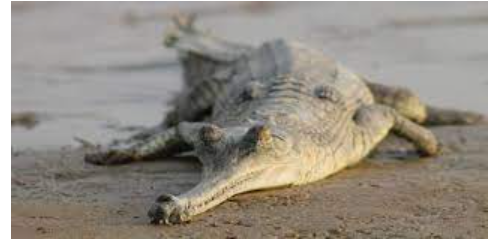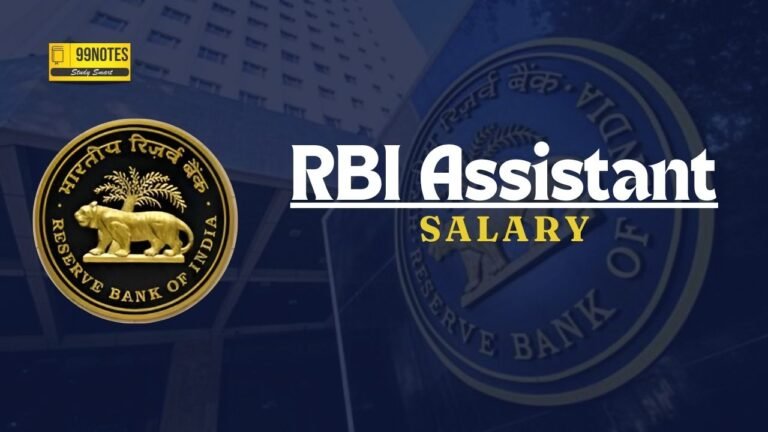Madhya Pradesh Strengthens Gharial Conservation with New Release in Chambal
(Source – Indian Express, Section – Explained- Page No. – 14)
|
Context |
|
Analysis of the news:

|
About Gharial |
|
Significance of Gharials
-
Gharials (Gavialis gangeticus) are critically endangered, fish-eating crocodilians crucial for maintaining river ecosystems by controlling fish populations and cleaning up carrion.
-
Their presence indicates a healthy riverine habitat.
Threats to Gharials
Historically, overhunting for skins and traditional medicine reduced their numbers. Modern threats include:
-
Habitat destruction due to dams, irrigation canals, and sand mining.
-
Pollution degrading water quality.
-
Fishing nets, which entangle and kill gharials.
Conservation Initiatives
Madhya Pradesh, home to over 80% of India’s gharials, has led conservation efforts through:
-
Captive breeding and reintroduction to boost population.
-
Strict river protection measures to curb sand mining and pollution.
-
Community engagement to raise awareness and reduce threats.
Role of Chambal Sanctuary
-
Spanning three states, the National Chambal Sanctuary is a vital stronghold for gharials, ensuring their survival. It has also helped restore populations in Punjab’s Sutlej and Beas Rivers.
Conclusion
-
Madhya Pradesh’s sustained conservation efforts have led to a gharial resurgence.
-
Continued habitat protection, pollution control, and scientific monitoring are essential to ensuring the species’ long-term survival.
|
Features and Conservation status |
|
|
Practice Question: Discuss the significance of gharials in maintaining river ecosystems and examine the conservation challenges they face in India. What measures have been taken to protect them, particularly in Madhya Pradesh? (150 Words /10 marks) |


